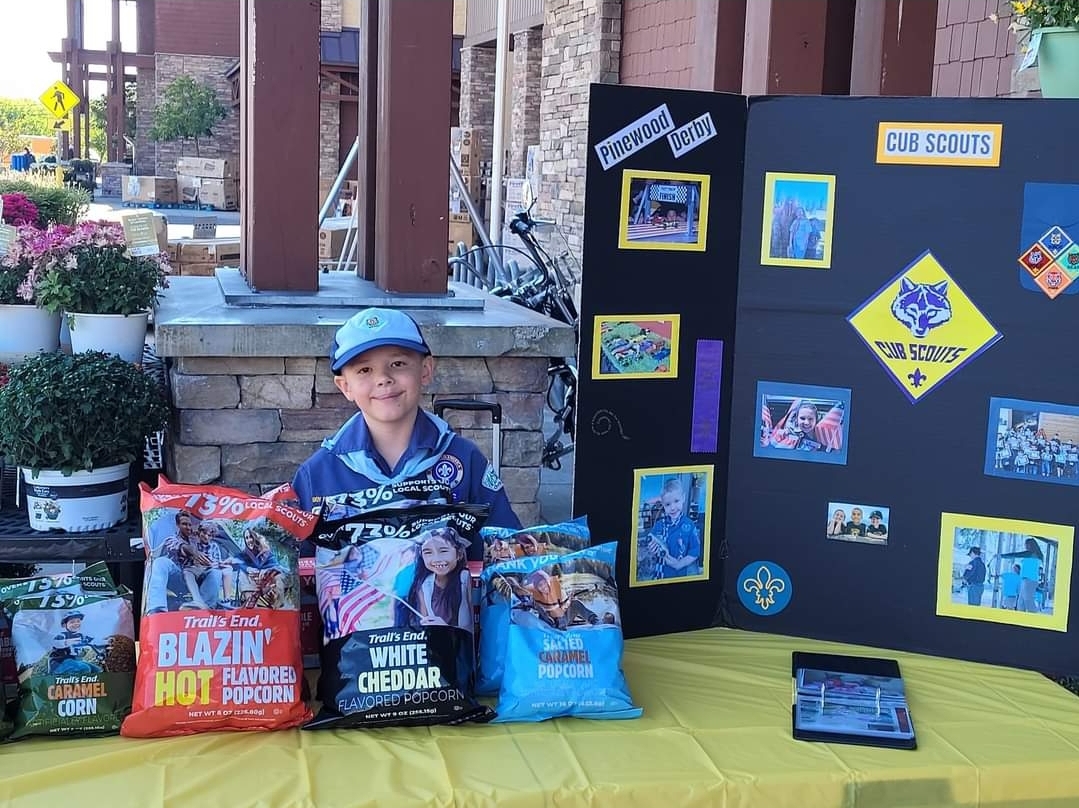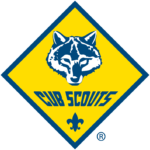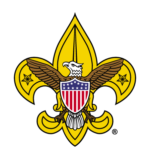
Guidepost #1: Use Your Resources
Review and reflect, with your Unit Commissioner or Scouting Growth Coach reflect on the results your unit obtained using the program, funding, and communication plans of the previous program year and review the leader pool available to sustain a healthy and vibrant unit. Journey to Excellence is a reflection tool to help Packs, Troops, Crews, Ships and Posts to plan, monitor, and evaluate their performance and their ability to serve youth.
Guidepost #2: Plan Your Calendar & Fund Your Program
All Packs, Troops, Posts, and Crews should develop program plans, along with plans to fund these programs. Make sure that these programs are safe for all Scouts to be able to participate in during their Scouting experience. The council’s event calendar is a good starting point to find safe Scouting activities for Cub Scout Packs and Scouts BSA Troops in your county that your unit can plan on participating in during its program planning process. For Cub Scouts, there are many common themes that can help you design a fun program. These plans should be finished by the end of August each year, for the following year of Scouting.
Guidepost #3: Plan Youth & Adult Recruitement
Plan adult leader transition and youth recruitment. The resources to help you plan a Cub Scout Recruitment can be found here: www.craterlakecouncil.org/recruitment.
Getting parents and adults involved is vital for providing a quality Scouting program. Turning parents into leaders is one of the many ways that you can get adults more involved in your unit.
Don’t forget to tell people about how Scouting builds grit to recruit new members. Find ways to market your program at www.craterlakecouncil.org/marketing.

Guidepost #4: Communicate Your Program
All Packs, Troops, Posts, and Crews should create plans to communicate the new plan to their youth and families. These plans should be developed by the end of August each year.
Guidepost #5: Basic Training
Basic Training involves Youth Protection Training and leader-specific training. This training for new leaders or leaders changing positions should be completed by the end of October each year.(See Related Content for specifics to packs, crews, and troops).

